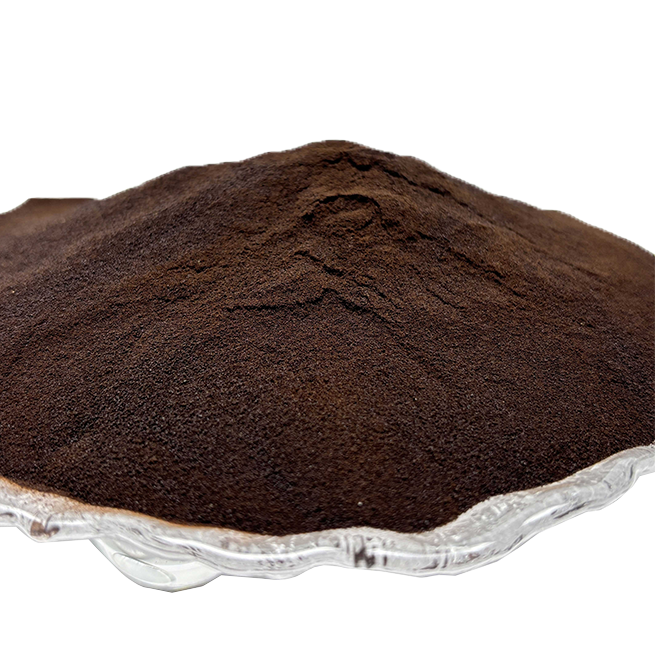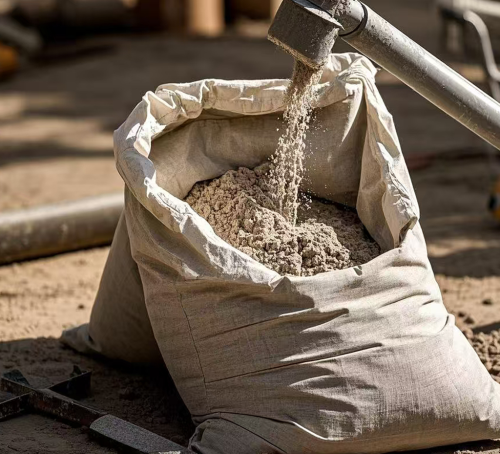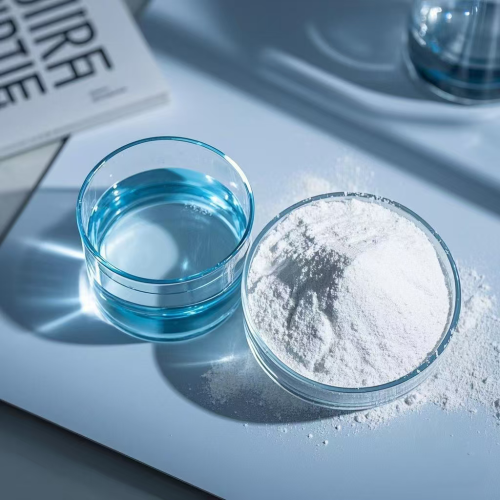Differences Between Calcium Lignosulfonate and Sodium Lignosulfonate
by GIANT | Mar 01, 2025

Both Calcium Lignosulfonate and Sodium Lignosulfonate are lignosulfonate salts derived from the wood-pulping process. They share similarities in their general chemical structure and applications, but their key differences lie in the metal ions involved, their solubility, and their specific uses.
1. Chemical Composition
• Calcium Lignosulfonate:
• Contains calcium ions (Ca²⁺).
• The molecular formula typically includes the calcium salt of lignosulfonic acid.
• Sodium Lignosulfonate:
• Contains sodium ions (Na⁺).
• The molecular formula involves the sodium salt of lignosulfonic acid.
2. Solubility in Water
• Calcium Lignosulfonate:
• Less soluble in water compared to sodium lignosulfonate. This lower solubility can limit its application in certain conditions where high solubility is required.
• Sodium Lignosulfonate:
• Highly soluble in water, making it more effective as a dispersant, plasticizer, and water-reducing agent in various applications, such as concrete additives.
3. pH Levels
• Calcium Lignosulfonate:
• Typically more alkaline compared to sodium lignosulfonate, with a pH level between 6-8.
• Sodium Lignosulfonate:
• The pH tends to be more neutral or slightly alkaline, ranging between 4-7.
4. Applications
• Calcium Lignosulfonate:
• Commonly used in applications requiring lower solubility, such as:
• Animal feed: Acts as a binder or a feed additive.
• Dust control: Used in road stabilization or dust control because of its lower water solubility.
• Concrete admixtures: In some cases, it is used in concrete for reducing water content and improving workability.
• Sodium Lignosulfonate:
• Due to its high solubility, it is widely used in:
• Concrete and cement: Acts as a superplasticizer and water reducer in concrete, improving workability and strength.
• Mining: Used as a dispersant in flotation processes.
• Ceramics: Used as a dispersant in ceramic materials to prevent clumping and improve processing.
• Agriculture: As a dispersing agent in fertilizers, making them easier to spread and more effective.
5. Effectiveness as Dispersants
• Calcium Lignosulfonate:
• Less effective as a dispersant due to its lower solubility. It may be used in formulations where controlled dispersion is necessary.
• Sodium Lignosulfonate:
• More effective as a dispersant due to its high solubility and ability to reduce surface tension, making it suitable for industries that require fine dispersion, such as concrete and ceramics.
6. Cost and Availability
• Calcium Lignosulfonate:
• Generally cheaper than sodium lignosulfonate because calcium salts are less expensive to produce and are more abundant in nature.
• Sodium Lignosulfonate:
• More expensive than calcium lignosulfonate due to the higher cost of sodium salts and the additional processing steps involved to improve solubility.
7. Environmental Impact
• Calcium Lignosulfonate:
• Has a lower environmental impact when used in large quantities in dust control or road stabilization since calcium is more abundant and less hazardous than sodium.
• Sodium Lignosulfonate:
• While it is also an environmentally friendly product, its higher solubility can lead to higher sodium content in wastewater, which might require additional treatment.
Summary Table:
| Property | Calcium Lignosulfonate | Sodium Lignosulfonate |
| Chemical Composition | Contains calcium ions (Ca²⁺) | Contains sodium ions (Na⁺) |
| Solubility in Water | Less soluble | Highly soluble |
| pH Level | More alkaline (pH 6-8) | More neutral to slightly alkaline (pH 4-7) |
| Applications | Dust control, animal feed, concrete | Concrete, ceramics, mining, agriculture |
| Dispersing Ability | Less effective as dispersant | Highly effective as dispersant |
| Cost | Generally cheaper | More expensive |
| Environmental Impact | Lower environmental impact | Higher environmental treatment might be needed due to sodium content |
| Usage in Concrete | Used in some concrete applications | Commonly used as superplasticizer |
Conclusion
• Calcium Lignosulfonate is ideal for applications where lower solubility, dust control, and cost-effectiveness are important.
• Sodium Lignosulfonate is preferred in industries requiring high solubility, excellent dispersing properties, and superior performance as a plasticizer in concrete and other materials.















